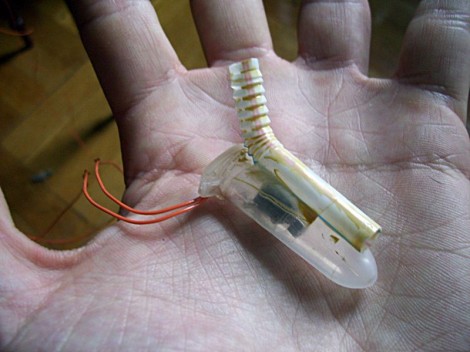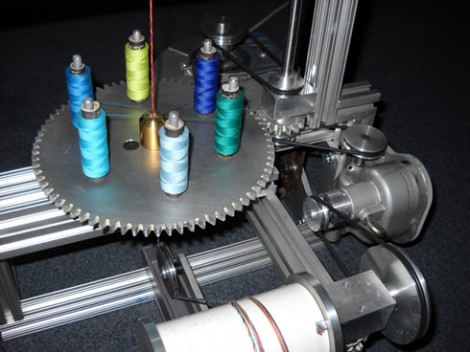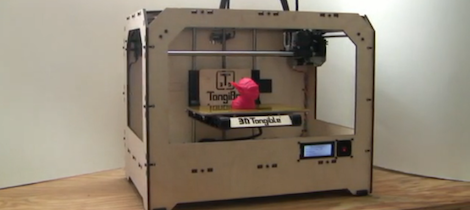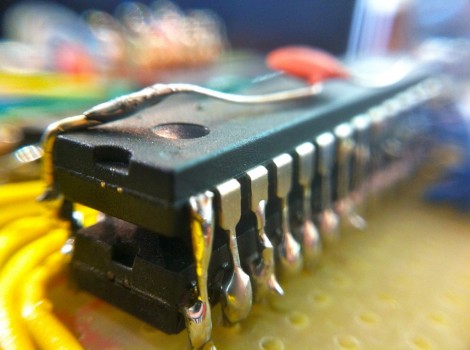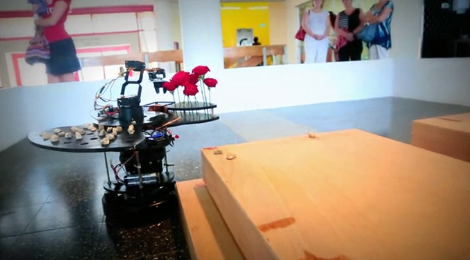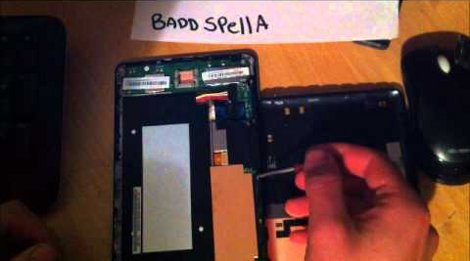
[Zitt] has a security camera which will send him messages any time it detects motion. However annoying this might seem, we’re sure he has his reasons for needing this much immediate feedback. The real problem comes when he goes to view the feed on his iPhone. His solution is to turn the camera’s notifications off, and use his own script to transcode a clip and shoot off an email.
As you can see above, the end result is a concise email that includes the recently captured clip, as well as links to the live feed. He has been storing the clips on an LG N4B2 Network Storage Server (NAS) and since he’s got root access to the Linux system on the device it was an easy starting point for the new system. After he compiled FFmpeg from source (which handles the transcoding) he started work on the script which backs up the recordings and sends the email messages.
One thing he wants to add is a method to clear out the old backup videos. Having encountered a similar issue ourselves we decided to share our one-liner which solves the problem. Find it after the break.
Continue reading “NAS-based Transcoding Facilitates Security Cam Viewing On IPhone”

